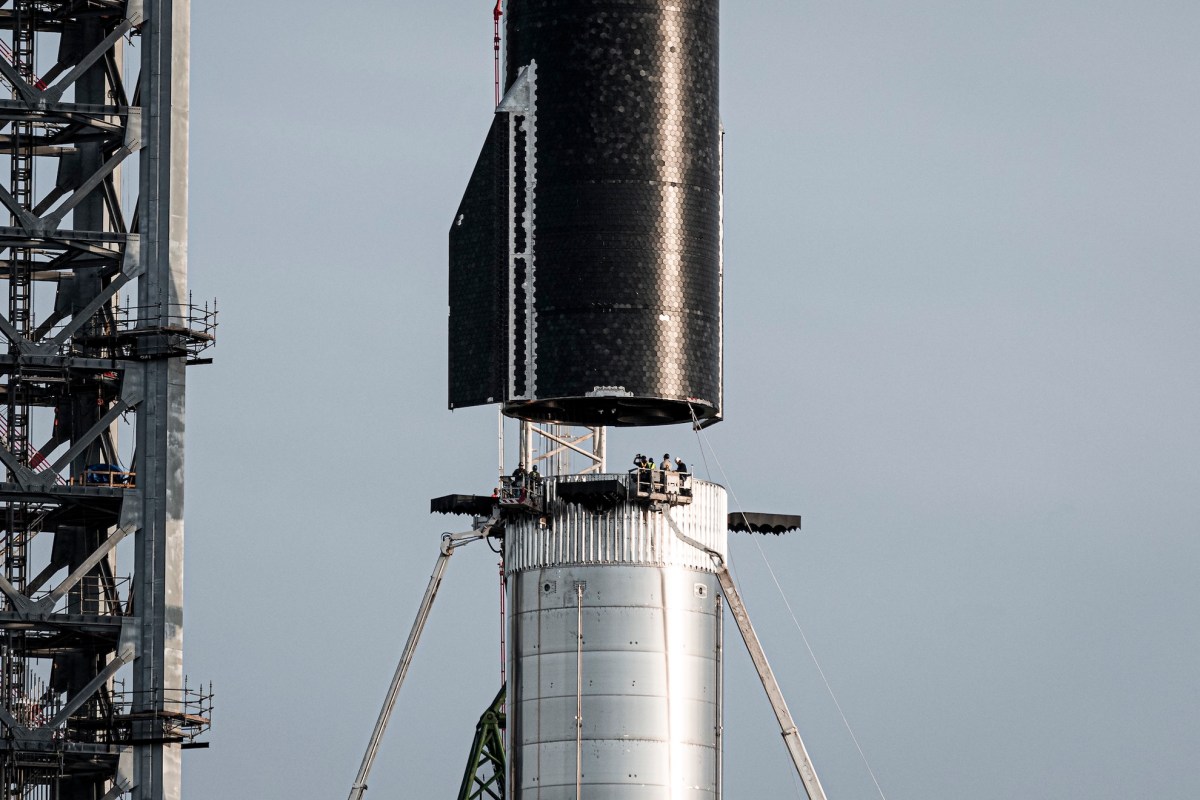SpaceX, under the leadership of Elon Musk, has been relentlessly pushing the boundaries of space exploration with its Starship program at Starbase. However, a recent report reveals a concerning trend: worker injury rates at Starbase are significantly higher than industry standards. This raises questions about the balance between rapid innovation and employee safety within the company. FYM News delves into the details of this critical issue, exploring the potential implications for SpaceX’s ambitious goals.
According to data released by the Occupational Safety and Health Administration (OSHA), Starbase’s injury rates are almost six times higher than the average for comparable space vehicle manufacturing facilities. This article breaks down the numbers, examines the potential causes behind these high injury rates, and explores the possible consequences for SpaceX’s future endeavors. We will also analyze NASA’s stake in Starship’s development and the measures in place to ensure worker safety.
Breaking Down Starbase Injury Rates
The data indicates a troubling trend at Starbase. In 2024, the Total Recordable Incident Rate (TRIR) at Starbase reached 4.27 injuries per 100 workers. This is nearly three times higher than the aerospace manufacturing average of 1.6. The high TRIR suggests a systemic issue affecting worker safety at the facility.
Starbase employees also experienced a significant number of restricted-duty days (3,558) and lost-time days (656) due to injuries. These figures highlight the severity of the injuries sustained by workers and the impact on their ability to perform their duties.
The data submitted to OSHA reveals that Starbase employed an average of 2,690 workers in 2024. While the 2024 injury rate shows improvement from previous years (5.9 in 2023 and 4.8 in 2022), it remains significantly higher than industry benchmarks. The persistently high TRIR raises concerns about the overall safety culture at Starbase.
Comparison with Other SpaceX Facilities
Interestingly, other SpaceX manufacturing facilities demonstrate lower TRIR rates. The overall TRIR for all SpaceX manufacturing facilities stands at 2.28, considerably lower than Starbase’s 4.27. This includes facilities like the engine development site in McGregor, Texas (2.48), the Starlink satellite complex in Bastrop, Texas (3.49), the Falcon rocket complex in Hawthorne, California (1.43), and the satellite manufacturing site in Redmond, Washington (2.89).
These figures suggest that the safety issues are more pronounced at Starbase compared to other SpaceX locations. The unique nature of Starbase’s operations, including the rapid development and testing of the Starship rocket, may contribute to the higher injury rates.
OSHA Inspections and Reported Incidents
Over the past four years, OSHA conducted 14 inspections at SpaceX facilities, with six directly related to accidents and injuries at Starbase. Notable incidents include a partial finger amputation in 2021 and a crane collapse in June 2025, which is still under investigation.
Other news outlets have reported hundreds of previously unreported worker injuries, including crushed limbs and one fatality. These reports paint a concerning picture of the working conditions at Starbase and raise questions about transparency and accountability.
Debbie Berkowitz, former OSHA chief of staff, described Starbase’s TRIR as “a red flag” indicating “serious safety issues that need to be addressed.” This expert opinion underscores the urgency of addressing the safety concerns at Starbase.
NASA’s Stake in Starship’s Development
NASA has a significant stake in the success of the Starship program. The agency plans to use Starship to return humans to the moon before the end of the decade and has contracted SpaceX for two crewed Starship flights to the lunar surface. This reliance on Starship underscores the importance of ensuring the program’s safety and reliability.
The contracts between NASA and SpaceX include clauses that allow the agency to take action in the event of a major safety breach, such as a fatality or repeated OSHA violations. While a high TRIR rate alone does not trigger these clauses, it serves as an indicator of potential safety problems that require attention.
NASA has stated that it interacts frequently with SpaceX to ensure safety and maintains regular contact during contract administration. The agency emphasizes that safety is paramount to mission success and that it continues to work with all commercial partners to build and maintain a healthy safety culture.
Industry Comparison and Safety Metrics
Compared to other rocket manufacturers, Starbase’s injury rates stand out. At ULA’s manufacturing facility in Decatur, Alabama, the TRIR is 1.12 injuries per 100 workers, while Blue Origin’s rocket park in Florida reports a rate of 1.09. These figures further highlight the disparity between Starbase and its industry peers.
It’s important to note that some safety professionals debate the reliability of TRIR as a metric for assessing and predicting injury rates. They argue that TRIR may not accurately reflect serious incidents or fatalities, particularly in smaller companies. However, the consistently high TRIR at Starbase, coupled with reports of severe injuries, warrants serious consideration.
Conclusion: Balancing Innovation and Worker Safety
The high worker injury rates at SpaceX’s Starbase facility raise critical questions about the balance between rapid innovation and employee safety. While SpaceX’s ambitious goals for space exploration are commendable, they should not come at the expense of worker well-being. The data indicates a systemic issue that requires immediate attention and corrective action.
As NASA relies on Starship for future lunar missions, ensuring worker safety at Starbase becomes even more crucial. Transparency, accountability, and a commitment to a healthy safety culture are essential for SpaceX to achieve its goals while protecting its workforce. FYM News will continue to monitor this developing situation and provide updates as they become available.

Leave a Reply